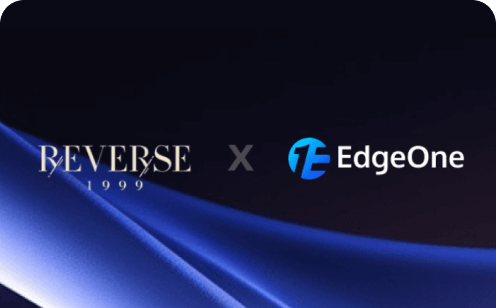Network Layer (L3/L4) DDoS Attacks
Attack Trends: Normalization of Small-Scale Attacks, Significant Increase in the Size of Very Large Attacks
High Attack Period: Holidays Become the Period of Concentration of Attacks
Attacks show pulse-type intensive outbreaks, and the risk of cross-regional coordinated attacks increases
Attack Strategy: Deep Exploitation of Protocol Vulnerabilities
Geographic Analysis of Attack Sources
Cloud Infrastructure and Data Services Industry Takes the Biggest Hit
HTTP/S Attacks
HTTP/S DDoS Attacks Explode in Volume, Mega Attacks Remain at High Frequency
High Attack Periods: Peak Business Hours Continue to Be the Hardest Hits
Global Attacks Surge, Increased Demand for Cross-Domain Collaborative Protection
Vulnerability Exploitation Attacks
Arbitrary File Read Vulnerabilities and Vulnerability Scanners Remain the Biggest Threats
New Threat Trend: Bandwidth Theft Attacks
In 2024, download bandwidth theft attacks are becoming a new security threat trend, especially in industries such as e-commerce, cloud storage, and online streaming media. EdgeOne can help enterprises effectively respond to traffic theft attacks, which frequently initiate false download requests through malicious scripts or simulated user behavior, consuming bandwidth resources and resulting in inaccessibility to normal users or degradation of platform performance. Attackers utilize platform resources to cause economic loss or business interruption, posing a serious threat to enterprises.
Single Quarter Traffic Piracy Scale Surpasses 2 PB, Game Industry Accounts for More Than 70% of the Total
Difficulty of IP Tracing for Traffic Scraping Attacks Increases, Involving Over 47,000 IPs in a Single Quarter
Application Layer HTTPS Attack Cases
A live streaming service platform provides a global live streaming service, which is accessed by users through multiple endpoints (e.g., applets, APPs, Web, etc.). 2024 The platform suffered a large-scale application-layer DDoS attack, which employed sophisticated tactics, in which the attacker invested a large amount of resources, and implemented a variety of highly stealthy attack methods. 2025 The attack was carried out by an attacker with the help of the Bot network:
This type of application layer attack combines a variety of threat mechanisms, and the attacker not only deeply customizes the clients and requests, but also launches a large-scale distributed attack through the Bot network, which reduces the request frequency of a single client. Since traditional IP frequency limiting and header feature filtering cannot effectively identify and distinguish such attacks, the new hybrid attacks pose a new challenge to the enterprise protection system.
It is expected that such attacks will gradually increase in the next 1-2 years. We recommend that Internet services, especially financial, gaming, e-commerce, retail and Internet SaaS services, upgrade their security protection baseline to address this new threat trend:
Use distributed edge security mechanisms with more adequate protection resources (e.g., Tencent Cloud EdgeOne) to cope with larger-scale DDoS attacks.
Deploying security solutions at the outermost perimeter of the network to better apply new TLS fingerprinting and client fingerprinting technologies to efficiently identify the source of attacks.
Frequency limiting mechanisms based on multiple statistical indicators to mitigate overall availability risks.
Establishing a positive protection mechanism that analyzes client fingerprints and request characteristics during non-attack periods and dynamically whitens them to establish a security trust baseline.
Using a clustering analysis strategy to aggregate and analyze metrics such as TLS fingerprints and HTTP headers to improve protection efficiency.
With powerful protection capabilities, Tencent Cloud EdgeOne helps global enterprises deal with a wide range of complex network security threats and safeguard the security of Internet services.

